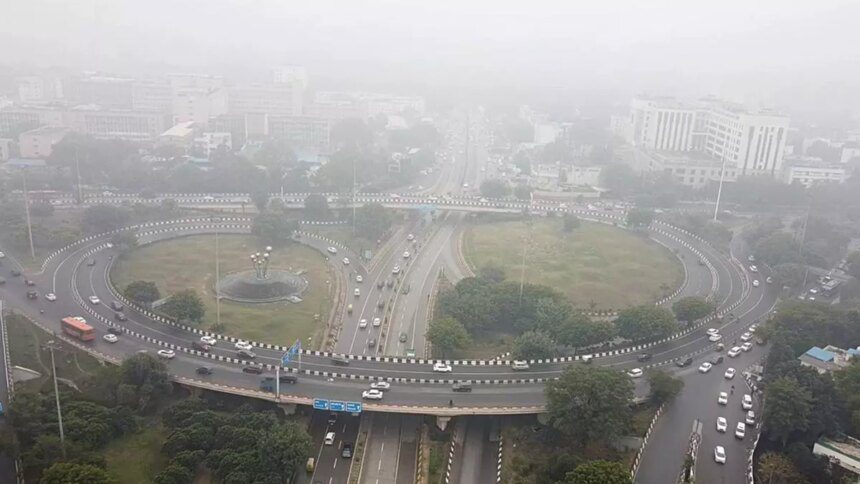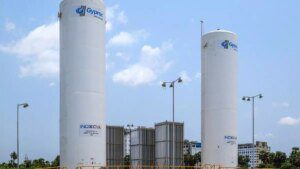With cold waves sweeping through the national capital, Delhi is grappling with frigid temperatures and dense fog that envelops various regions of the city. Unfortunately, the air quality remains in the ‘poor’ category, further complicating the situation.
As per data from the Central Pollution Control Board, the Air Quality Index (AQI) in Delhi was measured at 294 at 7 a.m. today. Specific areas have recorded even worse air quality, with the Delhi Pollution Control Committee noting an AQI of 324 in Mundka, 320 in Narela, and 360 in Nehru Nagar. Patparganj experienced an AQI of 377, while Okhla Phase-2 reported 351. Sonia Vihar recorded 323, but Vivek Vihar stood out with a concerning AQI of 390. Other neighborhoods, such as R K Puram at 344 and Rohini at 343, also indicated unhealthy air conditions. Notably, Najafgarh exhibited a comparatively better AQI of 221. However, data from Punjabi Bagh was not sufficiently available over the past 24 hours. On a more positive note, areas like Mandir Marg and Sri Aurobindo Marg showed relatively lower AQI levels, measuring at 144 and 156, respectively.
The categorization of air quality ranges from ‘good’ (0-50) to ‘severe’ (401-500), with levels between 201-300 classified as ‘poor’ and 301-400 as ‘very poor.’
In related news, a thick layer of fog is blanketing parts of Mathura, Uttar Pradesh, as winter intensifies across Northern India, causing the iconic Taj Mahal to be obscured by the weather conditions in Agra. Additionally, on Wednesday, the Commission for Air Quality Management (CAQM) suspended Stage-III measures from the revised Graded Response Action Plan (GRAP) across Delhi-NCR due to the decline in air quality.
The Supreme Court has previously instructed that if the AQI exceeds 400 on any given day, Stage-IV measures should be reinstated. The CAQM’s current actions reflect the Supreme Court’s directive issued in December 2024, which calls for an immediate escalation of GRAP measures when air quality plunges below the critical thresholds.










